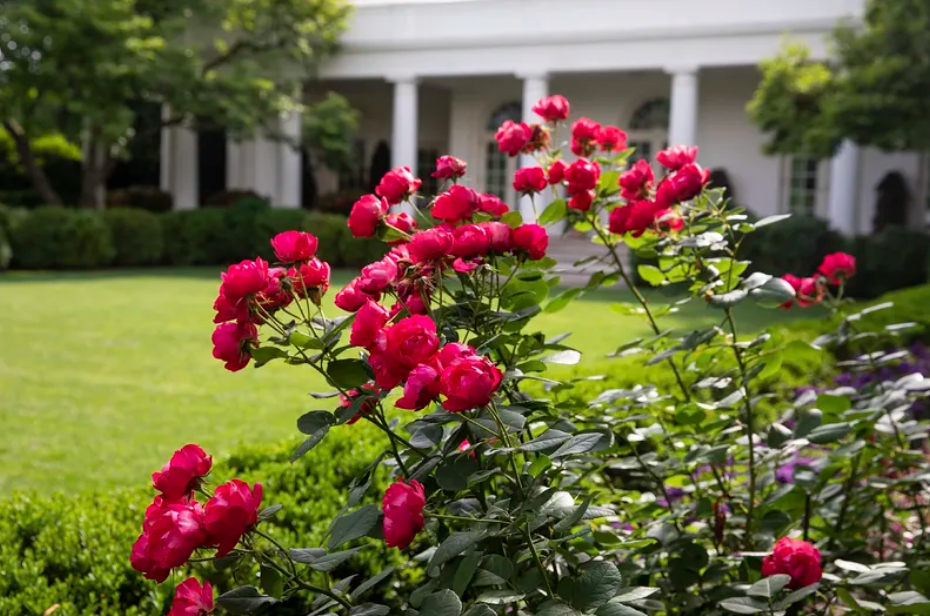When it comes to landscaping, there are so many options that can be used to create a beautiful and functional outdoor space. Whether you want to revamp your landscape or start from scratch, these landscaping trends for 2023 can help you make the right decisions.
One trend that is gaining popularity is practicing xeriscaping. This gardening style is meant to eliminate the need for water and can be used by homeowners and businesses alike.
1. Drought-Tolerant Plants
Drought-tolerant plants are a popular choice for landscaping in many parts of the country, especially where rainfall is limited or sporadic. In some areas, cities and towns require that homeowners replace thirsty lawns with xeriscaping—a low-water landscape design featuring native and drought-tolerant plants, mulch, rock and gravel, or other water-wise features like permeable paving.
Drought tolerant plants have evolved to survive dry conditions by using special strategies to avoid dehydration. These include avoiding excessive transpiration (the process by which plants release moisture through their leaves), closing their stomata to prevent loss of water, and dropping their leaves in summer so they can conserve energy and nutrients.
Some of these drought-tolerant perennials, including sedum and stonecrop, also grow well in rock gardens. Other favorites, such as coneflowers and coreopsis, are easy to care for and come in a variety of colors and flower sizes. They’re great for adding texture to dry landscapes, and they attract butterflies and birds.
2. Functional Outdoor Spaces
In addition to being a great place to entertain guests, a well-designed outdoor living space can increase the value of your home. If you are planning on selling your home in the future, a functional and stylish outdoor space will make it more appealing to potential buyers.
Functional outdoor spaces have become popular in recent years due to their ability to provide comfort, convenience, and privacy. This trend is set to continue into 2023 as homeowners look to improve their backyards and patios, focusing on function over aesthetics.
Creating a functional outdoor living space requires thoughtful planning, design, and landscaping. The first step is to identify how you plan to use your space. This will help you determine what furniture you need and how it should be placed to maximize the space.
3. Cottage Gardens
The quintessential cottage garden consists of a lush medley of blooms set closely together, often with different color schemes throughout. It’s the kind of design that can be complemented with rustic garden accents and paving elements.
The trick with this kind of garden is to keep the paving elements simple and layered, using bricks, cobble paths or stone slabs. This way, the area will appear to have been paved over time with additions made through the years.
Creating a meandering path that runs through your cottage garden is another great way to help you create this look. It can be as simple as a step that winds through your garden, or even more complicated – think about incorporating a path that zigzags through your garden.
2023 is also seeing an increase in water-wise gardens, which use plants that require minimal amounts of water. These gardens will be able to thrive even in hot, dry climates.
4. Outdoor Living Spaces
In today’s fast-paced, busy world, it’s no secret that spending time outdoors has become a popular way to relax and unwind. From dining al fresco, to lounging in the sunshine, to enjoying some fun family games, an outdoor space can be a great way to bring your daily routine outside and elevate the overall quality of your home.
Many homeowners also find that the outdoor living spaces they have can improve their health in various ways. For example, when you spend time outdoors, you tend to get more fresh air and exercise than indoors.
To create a more inviting and welcoming outdoor space, consider mixing different textures and colors to give your backyard an aesthetic boost. For instance, mix wood with textured pavers or composite materials.
Another top trend for 2023 is to incorporate water features in your landscaping. From small fountains to elaborate waterfalls, a splash of running water can make any outdoor space feel more tranquil and appealing.




